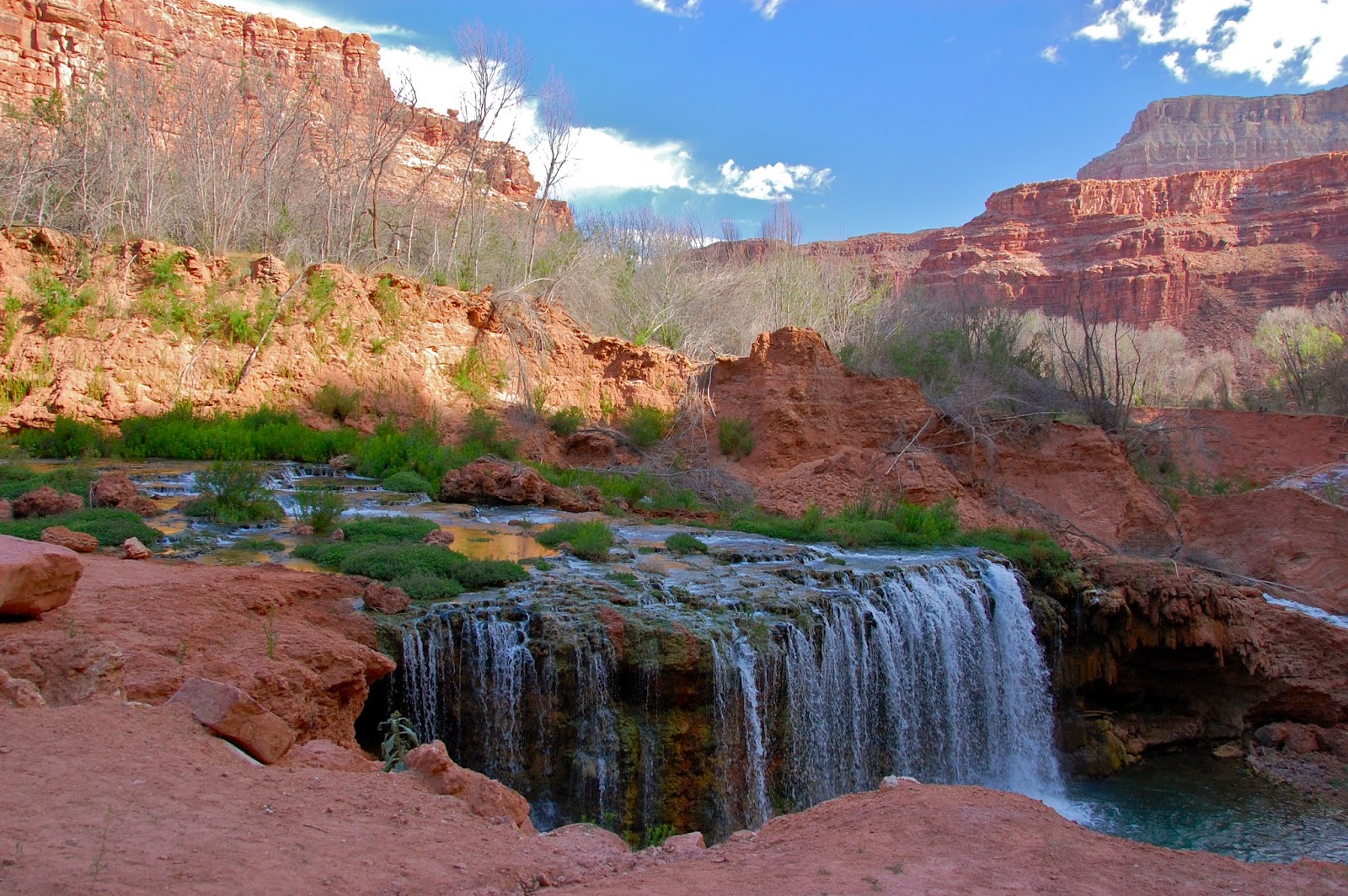Monsters seem to be a common theme these days with Hollywood movies, video games, mid-west baseball teams and that always, annual October 31st celebration. But a real Arizona monster, or at least the legend of such, has been famous for many generations with those who live among the ponderosa forest of Northern Arizona. This just might be the right time to tell that Arizona story – the story of Arizona’s own, Mogollon Monster!
The Mogollon Monster is a Big-foot creature that is said to live in central and eastern Arizona along the Mogollon Rim. It is reported to be a “bipedal humanoid” that grows to be some 6 – 8 feet tall. Its body is said to be covered by long, dark hair except on the creatures face which is hairless. Those who have had an encounter with the Mogollon Monster speak of a strong, pungent odor, similar to decaying fish that seems to always surround the big fellow.
Legend says that this monster is a rather shy fellow who most often shows up after dark. It is reported that the Mogollon Monster likes to explore campsites and often emits a whistling sound as if communicating with unseen fellow creatures.
The home range of the Mogollon Monster seems to encompass an area from Prescott east to Hannagan Meadow, north to Springville, then west to Williams and finally back south to Prescott. Payson seems to be the epicenter of most Mogollon Monster sightings.
The first reported story of the Mogollon Monster occurred in 1903 in an article in the Arizona Republican newspaper. The article quotes a Mr. I.W. Stevens saying that he came upon a creature near the Grand Canyon who had “long white hair and a matted beard that reached to his knees.” Stevens goes on to say that the creature was feeding on the blood of two cougars it had killed. Stevens concludes his report by saying the creature let out an “unearthly screech” when he (Stevens) came upon it.
Over the years, many people have reported seeing or at least hearing the Mogollon Monster rushing through the forest undergrowth. Today there are multiple website with reported pictures and videos of this big fellow. Heck, the Mogollon Monster even has its own Facebook page so this creature must be doing something right!
The best likeness of the Mogollon Monster is probably found in the large woodcarvings made by chainsaw artist Trent Penrod of The Burley Bear mountain gift store in Pinetop. Mr. Penrod has sculptured the likeness of five of these highland critters that are now on displayed along the main street of several Mogollon Rim towns.
Whether the Mogollon Monster is a true inhabitant of Arizona’s wonderful Mogollon Rim Country or just a legend that is used to frighten young children who are sitting around a campfire is yet to be proved. But it is surely a great Arizona story that needed to be told!
Info http://mogollonmonster.com/ ; http://www.ourbigfoot.com/mogollon_monster_arizona_bigfoot.html ; http://www.theburlybear.com/
First two pictures belong to Trent Penrod who carved this image of the Mogollon Monster. Rest of the pictures belong to us!



















































